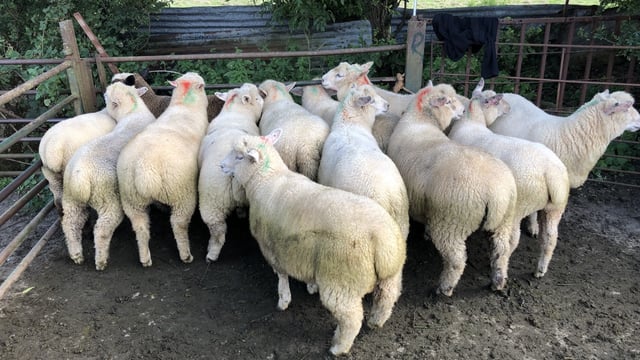Meeting the challenge of climate change on beef farms – where to start?
A recent sustainable livestock production webinar highlighted the challenges posed by climate change on beef farms.
However, the same College of Agriculture, Food and Rural Enterprise (CAFRE) / Ulster Farmers’ Union (UFU) hosted event also confirmed a wide range of steps that farmers can take right now to address the issue.
Improving enterprise efficiency will be at the very heart of agriculture’s response to climate change, with the maintenance of soil health being critically important in this regard.
Making this happen will require regular soil testing. CAFRE agri-environment advisor Phelim Connolly explained:
“If this figure is below the range 6.0 to 6.3, up to 30% of the nutrients made available will be lost to the crop.
“Optimal soil pH values will drive better utilisation of slurries. As a rule of thumb, a good pH will deliver a better carbon footprint across the business," he added.
Specifically, where slurry utilisation is concerned, Connolly strongly advised its early spring application.
He explained: “Slurry should be applied at a time of year when its maximum uptake by grass can be ensured. Summer applications of slurry are predisposed to much higher emission losses.
The CAFRE advisor also highlighted the benefits of protected ammonia, when it comes to spreading chemical nitrogen on grassland.
All measures taken to reduce purchased feed will reduce the carbon footprint of a beef enterprise.
These include the better utilisation of grass throughout the grazing season, making better quality silage and the extension of the grazing season, both in the spring and autumn periods.
Connolly continued:
Improving the quality of the swards available to beef cattle will also help improve grass utilisation. In many cases this can be achieved by a process of ward-rejuvenation (liming and over-sowing grass seed) as opposed to a full reseed.
The benefits of introducing a rotational grazing system, as opposed to set stocking, was repeatedly highlighted as a means of improving grass utilisation on beef farms.
Those beef producers who can grow their own grain tick many boxes from a carbon footprint point of view.
Establishing multi-species swards, including clover and a range of herbs, was also identified as a way of improving forage efficiency levels on beef farms.
While plant species such as plantain and chickory may die out over a period of years, high clover levels can be retained within swards over a sustained period of time, provided the soil pH level is maintained above 6.3.





